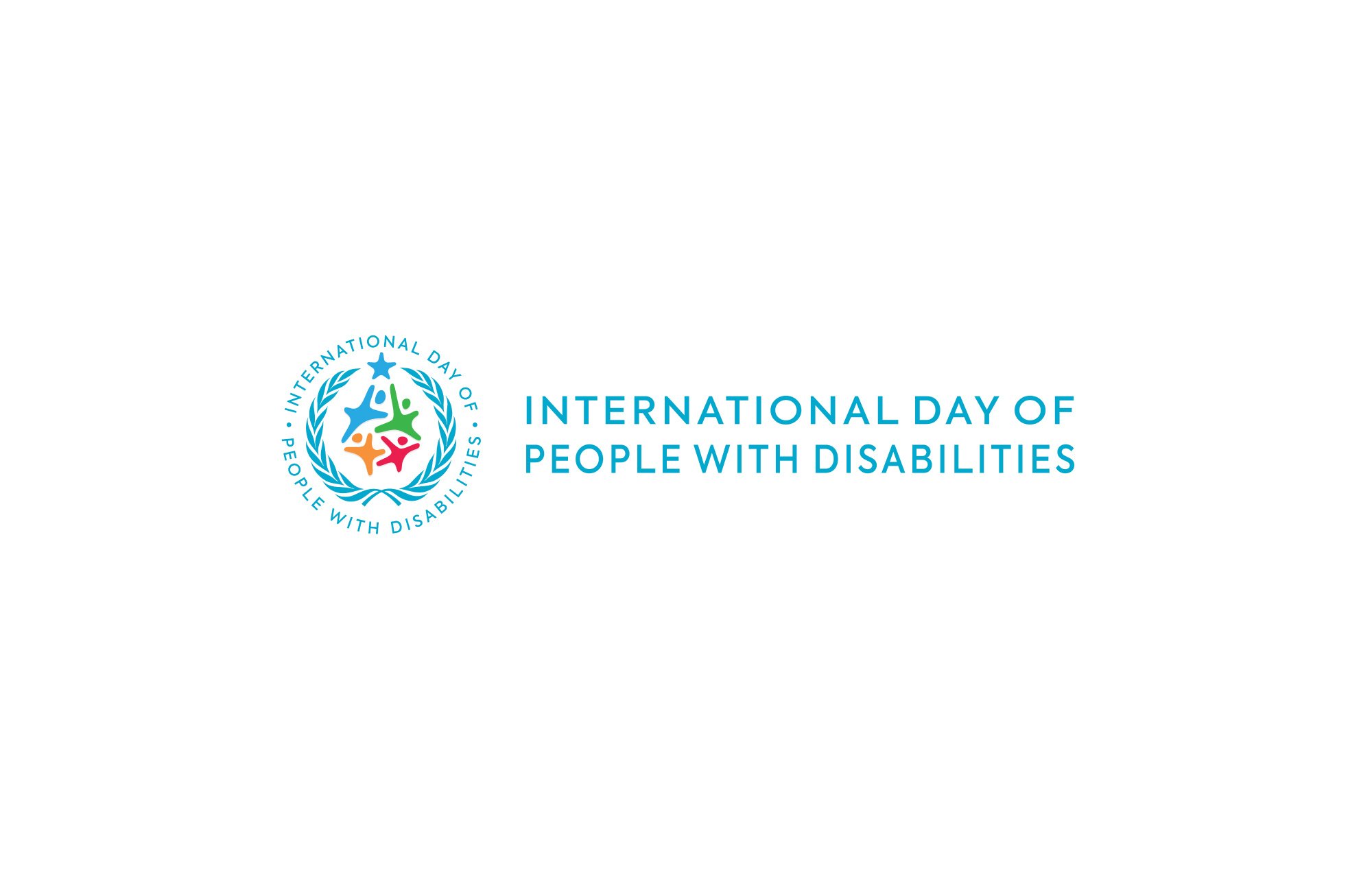The coronavirus pandemic has had a disproportionately devastating impact on people with disabilities, but it’s also motivated companies to shift toward more telecommuting-friendly work policies.
Providing remote work options clearly benefits everyone, but they’re particularly beneficial for professionals living with disabilities.
Obstacles People With Disabilities Encounter Professionally
Many workplaces and offices have been designed without disabilities in mind. Historically, professional settings have been created by non-disabled people for non-disabled people, giving little thought to the different ways people with disabilities navigate life.
As a result, professional barriers and obstacles have become the norm for people with disabilities, improved accessibility occasionally paid lip service or adopted primarily out of a motivation for greater compliance.
A variety of challenges pervade professional life.
For those with physical disabilities, not only is office mobility a persistent problem, such as lack of proper aisle width to accommodate wheelchairs or automatic doors at entry ways, but pernicious beliefs remain in company cultures and the professional world.
“Recently I had a Zoom meeting with a person from [a senator’s office],” recalls Susie Torres, who has Ehlers-Danlos syndrome, sarcoidosis, and postural orthostatic tachycardia syndrome (POTS). “They didn't show and didn't contact me to let me know that he wouldn't be there. This is a common occurrence. People assume that I am just sitting around being disabled and my time is not valuable and doesn't need to be respected.”
In an online world, many websites and digital platforms are designed primarily with sighted people in mind. For people who are blind or visually impaired, assistive technologies such as screen readers are vital for participating in daily activities. However, these important tools struggle to operate properly when company websites fail to design with accessibility in mind, eschewing alt-text on images or employing noise audio clips that autoplay.
Lack of accessible design in the digital space or in physical environments undermines a sense of autonomy for people with disabilities. As U.S. Attorney Carmen Ortiz stated during the announcement of a 2014 consent decree against tax preparation firm H&R Block: “For those with disabilities, an inaccessible website puts them at a great disadvantage and further perpetuates a feeling of dependence and reliance on others.”
Those with learning disabilities or cognitive impairments experience routine stigmas in the workplace and rigid company structures of processes. Draconian timelines or an uncritical commitment to a particular way of doing things can prevent a person from accomplishing their best work.
These types of challenges are exacerbated by office-only setups.
However, remote work unleashes an abundance of opportunities for people with disabilities. As remote work and distributed teams have gone mainstream—in part, a response to the coronavirus pandemic—more managers are realizing people can not only be more productive, but experience an overall higher quality of life.
Benefits of Remote Work
The case for remote work grows, bringing with it a bevy of benefits for people with disabilities. Here are just a few of them.
Removes Transportation Barriers
Perhaps the most obvious remote work benefit comes from removing accessibility barriers regarding transportation. For some, commutes can be extra taxing, whether it’s navigating public transportation that’s not always disability friendly, getting in and out of a car, or the uncertainties that accompany vehicular traffic on the road.
Attitudinal barriers toward people with disabilities can mean being harassed and abused while using public transportation. Communication barriers are common, as well, for people whose disability impacts their vision, hearing, understanding, reading, or writing.
By removing transportation barriers and the burden of commuting, remote work becomes a boon for those living with disabilities.
Accommodates More Disability Friendly Work Environments
Remote work facilitates disabled professionals working from home environments that are already curated to meet their particular lifestyle needs. For those with learning or cognitive disabilities, for instance, working from home removes distractions endemic to office life, enabling them to concentrate better on the tasks at hand.
Telecommuting also means people with disabilities don’t have to plan for as many unexpected contingencies or disturbances throughout their workday because they have more control over their environment, as compared to office spaces where coworkers may unintentionally create disruptive problems.
Furthermore, using their own mobility equipment or assistive technologies improves comfort and minimizes additional stress, creating a more supportive environment for focusing on work-related tasks and responsibilities. The increased flexibility of remote work also helps people with disabilities more easily manage any medication scheduling or additional needs otherwise facing greater challenges in an office setting.
Minimizes Sensory Overload & Other Stressors
Many workplaces overlook the detrimental effects office design can have on employees with disabilities, especially open floor plans, which can be a nightmare for people with cognitive, learning, or sensory disabilities. A home office setting enables people to work in more peaceful and less distracting environments.
Chaotic work settings can be especially detrimental to people with attention-deficit/hyperactivity disorder (ADHD). Sebastiaan de Man, an employee with Salesforce diagnosed with it, explains why:
“The way I can best explain it is that I have no filter or prioritization in my brain. This goes for any external stimuli like sounds, noise, but also internally for any thoughts that ‘swim’ in my mind.”
Remote work helps remove such distractions and avert associated interruptions to their work or focus.
Face-to-face communication can also be a routine challenge for people with disabilities, for a variety of reasons. For instance, people with speech disabilities such as a stutter can experience anguish or frustration when encountering particular trigger words. The in-person stigmatization can be exhausting, as well.
“People who stutter, or those who have disfluent speech, we know exactly what we want to say, it just may potentially take us longer to say it,” points out John Moore, a marketing strategist who has lived with a stutter most of his life. “It comes down to being stigmatized. People with speech difficulty get stigmatized for being less intelligent, less educated, and less capable.”
However, since remote workers tend to rely more on chat, email, and other text- based communication, interacting with coworkers and clients becomes less burdensome or stressful for many people with disabilities. They also tend to experience less prejudice or discrimination in distributed team settings, as well.
Creates Much Greater Accessibility Options
When office spaces are designed for a generic worker, they fail to meet the particular needs of individuals, especially those with disabilities. Remote work creates new opportunities for people to tailor workspaces to their unique situations.
For instance, remote work enables people with severe allergies or immunodeficiencies to rest assured their health won’t be put at risk by encountering less visible threats in a workplace.
Greater accessibility options also help employees with disabilities establish work situations orientated around their autonomy and assistance preferences. They’re able to better determine the type of help they want.
“I've learned every blind person has a different relationship with independence, and with what it means to be supported,” says Will Butler, Vice President of Community at Be My Eyes—a free app that connects low-vision and blind people with sighted volunteers—who was declared legally blind at age 19. “Some people are radically independent, and some people love connecting with other people in order to have their needs met. And I wouldn’t judge anybody on any point in that spectrum.”
Remote Work Options Help Everyone
It’s a truism that when an organization or company designs according to inclusion and accessibility principles, user experience usually improves for everybody else.
Remote work is no different. Plus, the increased accessibility makes business sense.
For instance, a 2019 study conducted by global flexible workspace solutions provider International Workplace Group found that 85% of businesses experienced increased productivity with remote work.
So whether it’s to improve the lives of disabled coworkers and employees or empower everyone else, a company can’t expect to make progress or be an industry leader without doing everything it can to accommodate remote work options.
Alongside Be My Eyes, Morey Creative Studios, and Fable, Salesforce is a founding partner of InclusionHub, a resource for digital accessibility, committed to helping businesses prioritize digital inclusion. Visit our a11y website to learn more.






Leave a Comment